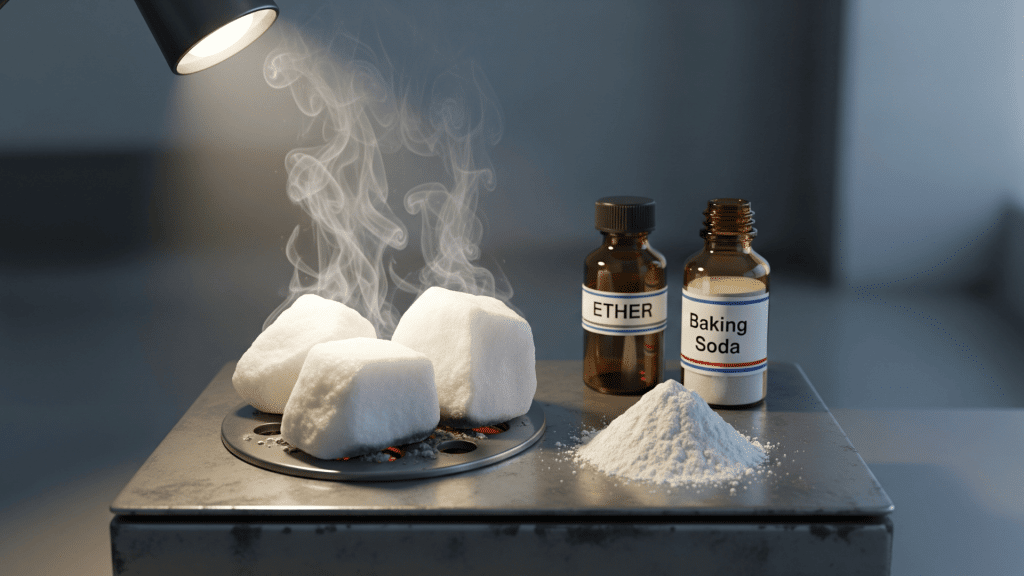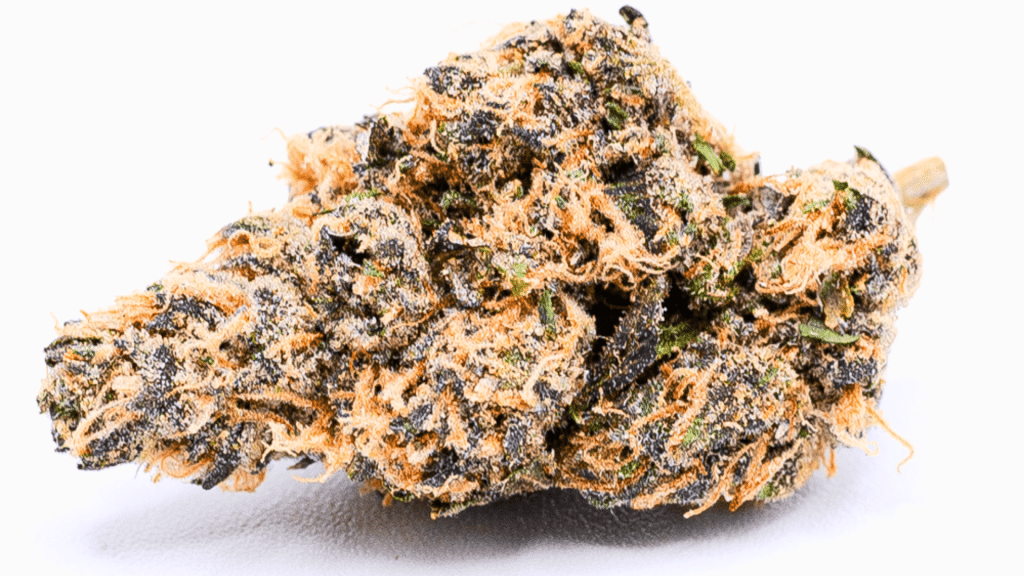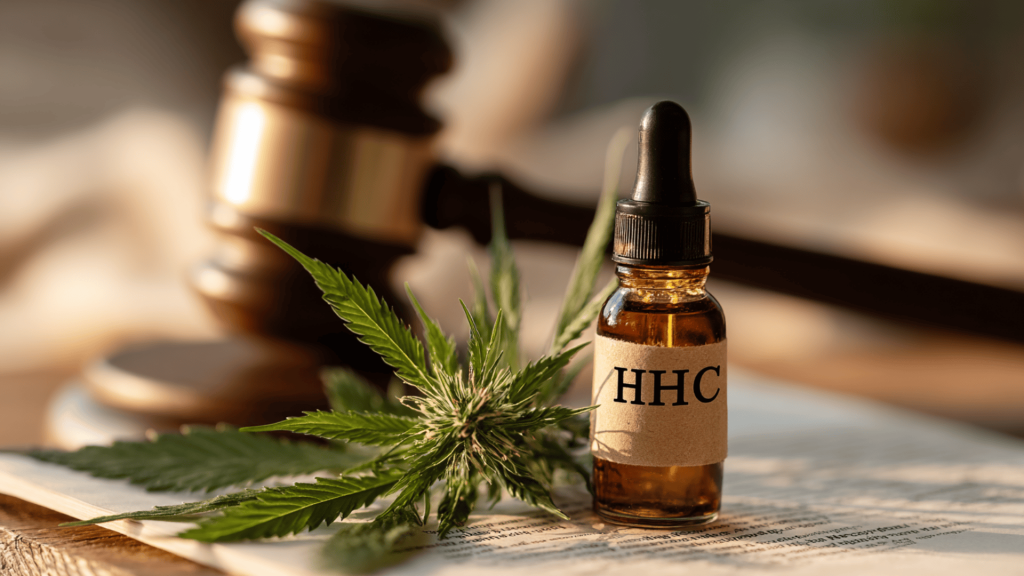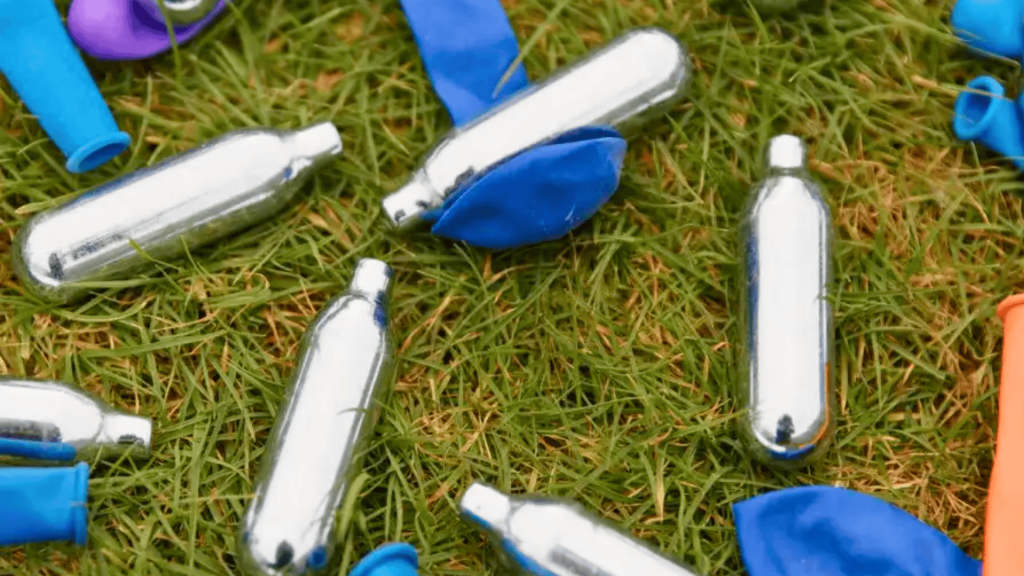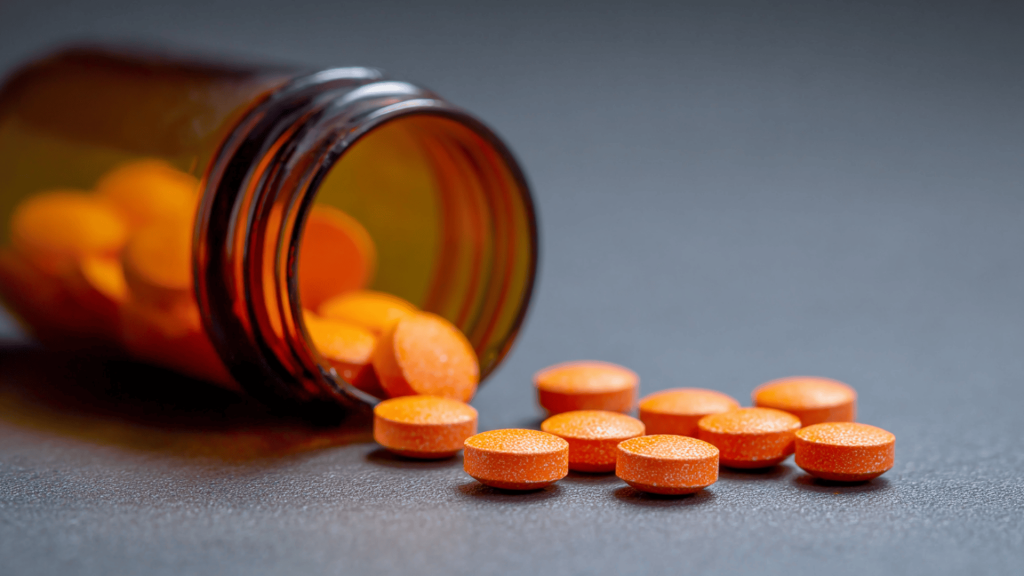I remember the first time I came across the question, “what is freebasing Cocaine?”
At first, the term sounded almost harmless, but I quickly learned it meant something serious. Cocaine itself can be used in several ways: snorting, injecting, or smoking, but freebasing takes it a step further.
It involves converting Cocaine into a smokable form that reaches the brain almost instantly. The effect is fast, powerful, and dangerously addictive.
People chase this intense high, but I now understand the lasting damage it can cause to both body and mind. Learning the truth made me realize just how risky it is.
What is Freebasing Cocaine?
Freebasing Cocaine means changing the powder form, Cocaine Hydrochloride, into a pure form called freebase. This pure alkaloid form is smokable.
Its chemical formula is C17H21NO4, made of carbon, hydrogen, nitrogen, and oxygen atoms. When freebasing, the hydrochloride salt is removed, leaving the pure Cocaine base.
Unlike powder Cocaine, which is usually snorted, freebase Cocaine is heated and smoked. This makes Cocaine reach the brain quickly, causing a fast, intense high.
Freebase Cocaine differs from crack Cocaine, which is also smokable but made using baking soda, making it less pure.
Freebasing produces a stronger effect but carries serious health risks and addiction dangers. The process and drug are both very dangerous.
The Freebasing Process Explained
Freebasing Cocaine is a chemical process that converts powdered cocaine into a smokable form. This involves removing the hydrochloride salt and creating a pure Cocaine base that can be inhaled for a faster, stronger high.
Step 1: Preparing Materials

To begin freebasing Cocaine, users gather powdered Cocaine and chemical solvents like ether, ammonia, or baking soda. Essential lab tools include glass beakers, heat-resistant surfaces, gloves, and eye protection.
Working in a well-ventilated area is vital, as these chemicals are highly toxic and can give off dangerous fumes. Proper preparation minimizes accidental exposure and serious injury, although the risks remain high.
This initial setup also highlights the hazardous nature of the process even before any drug transformation begins.
Step 2: Removing Hydrochloride Salt
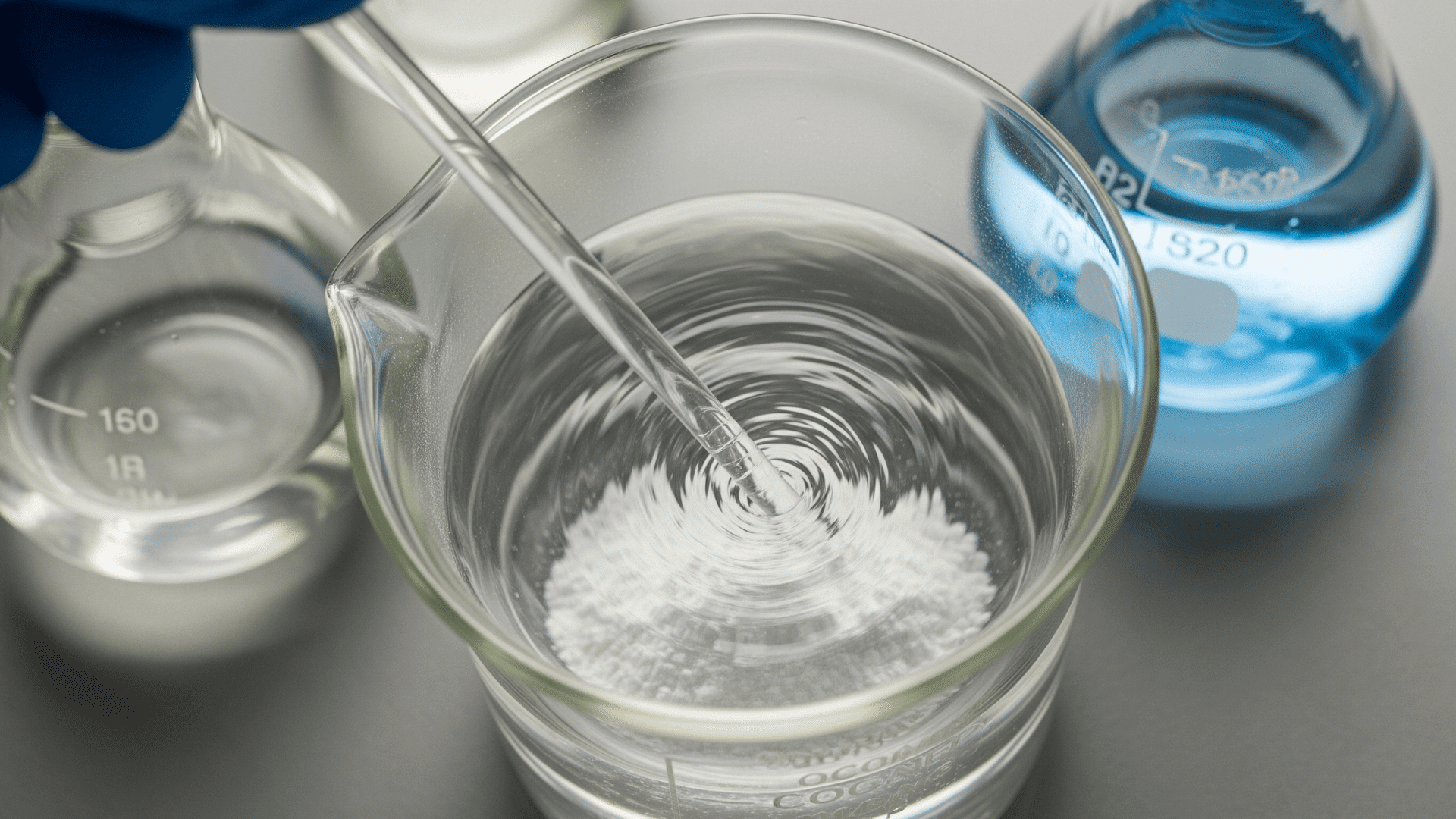
In this step, powdered Cocaine is mixed with solvents in a glass container. The chemical reaction breaks down Cocaine hydrochloride, separating the pure Cocaine base from the salt.
The process is hazardous due to the toxicity and flammability of chemicals like ether or ammonia. Careful mixing is required to avoid spills and dangerous fumes, making this a risky process even in controlled environments.
Successful removal results in a solution where Cocaine base begins to settle and form, ready for further extraction.
Step 3: Extracting the Cocaine Base
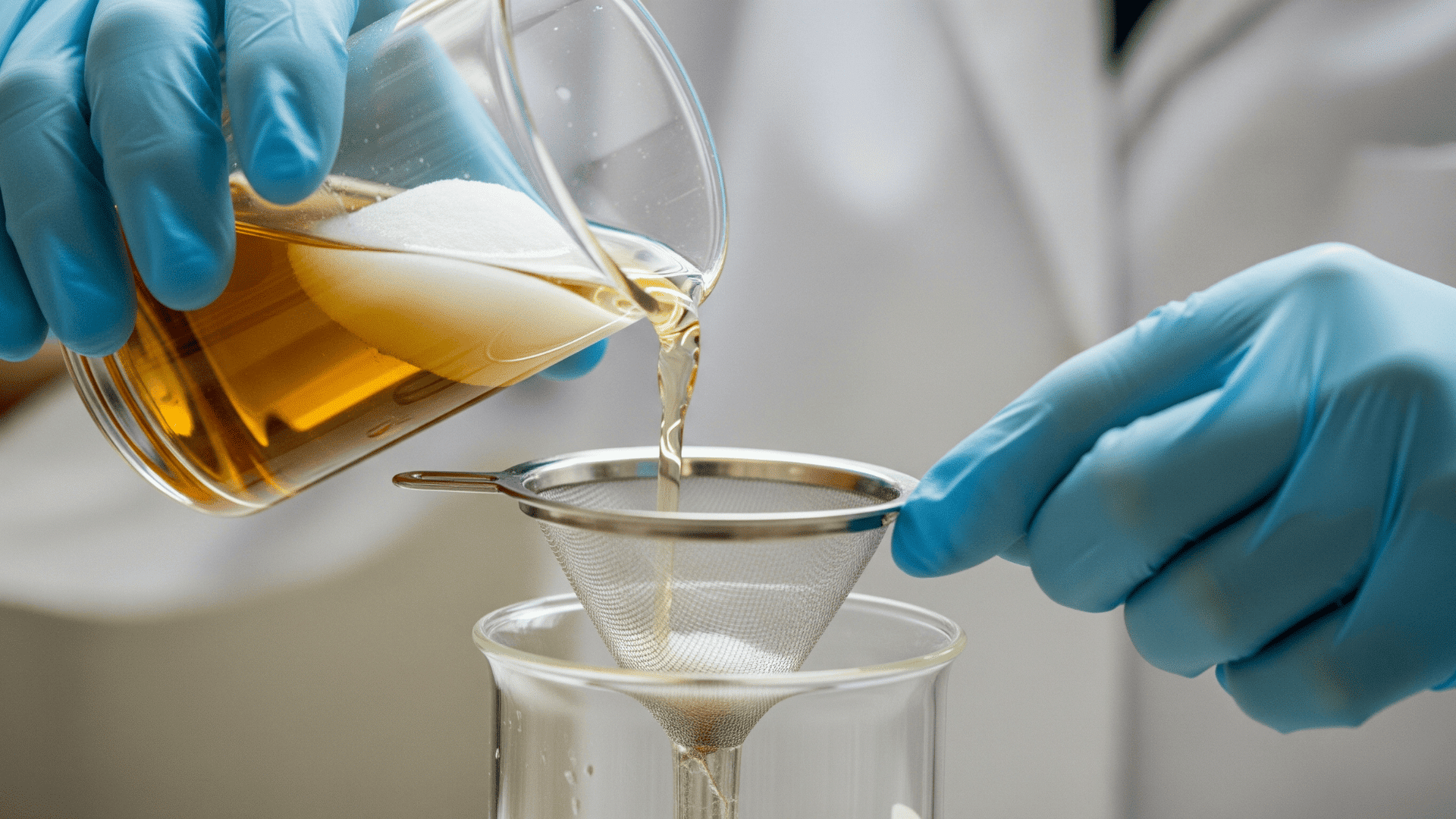
Once the reaction is complete, the floating Cocaine base must be separated from the solution. The liquid is carefully poured off, leaving the solid base behind.
This step often involves filtering the mixture to capture the pure Cocaine base while removing most chemical residues. The process demands precision and caution, as exposure to leftover solvents could cause burns or poisoning.
The extracted base is the core product, but it still needs further cleaning before it’s safe enough to smoke.
Step 4: Filtering and Drying the Base
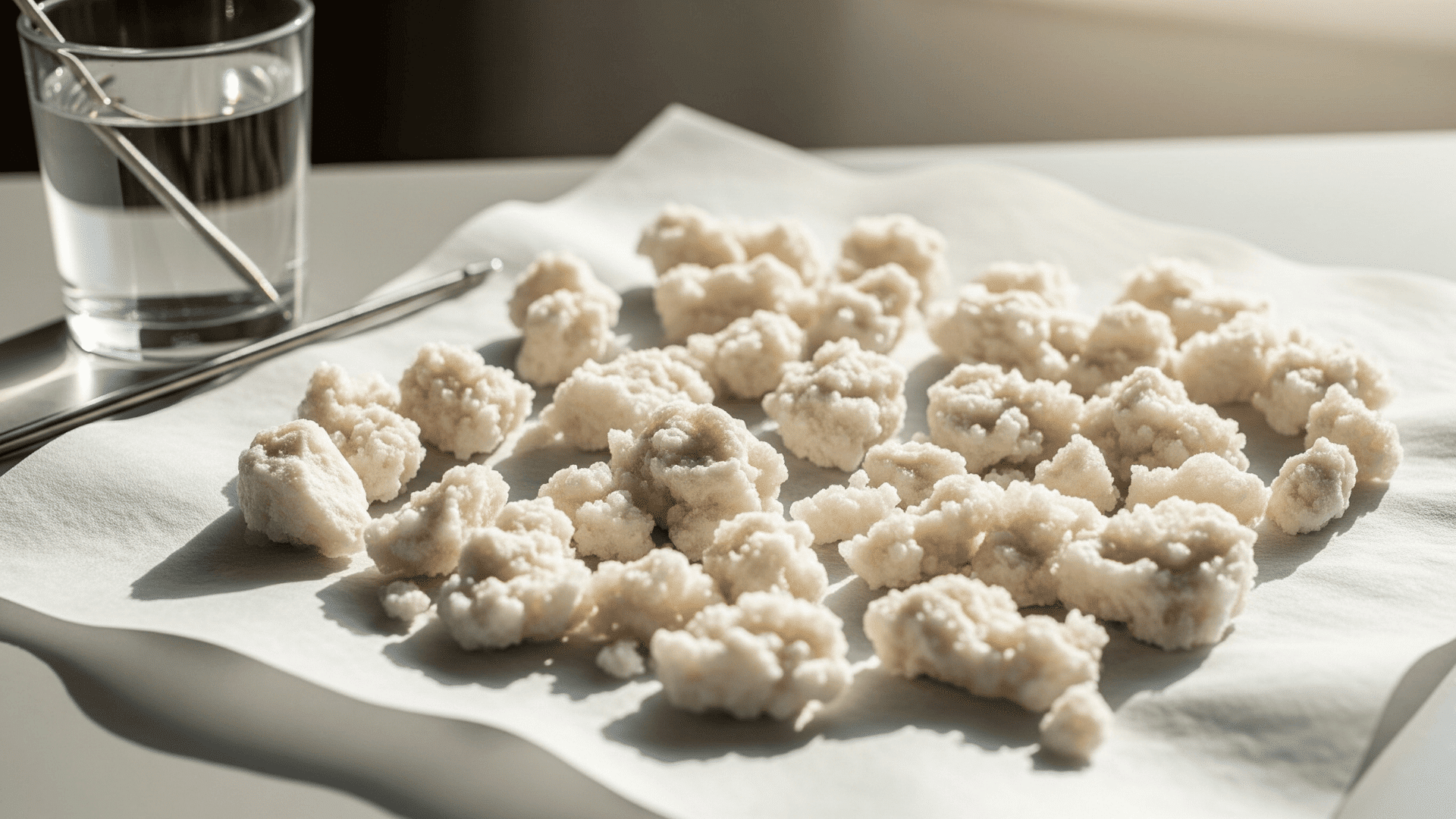
The extracted Cocaine base is filtered using materials like mesh or paper filters to remove any remaining solvent residues. After filtering, the base is rinsed with water to neutralize leftover chemicals.
It is then spread out and allowed to air dry, forming distinctive white or off-white crystalline chunks. Proper drying is essential to reduce flammability and prevent harmful residues.
Even so, the final product remains highly dangerous to handle and is now nearly ready for smoking.
Step 5: Smoking Freebase Cocaine
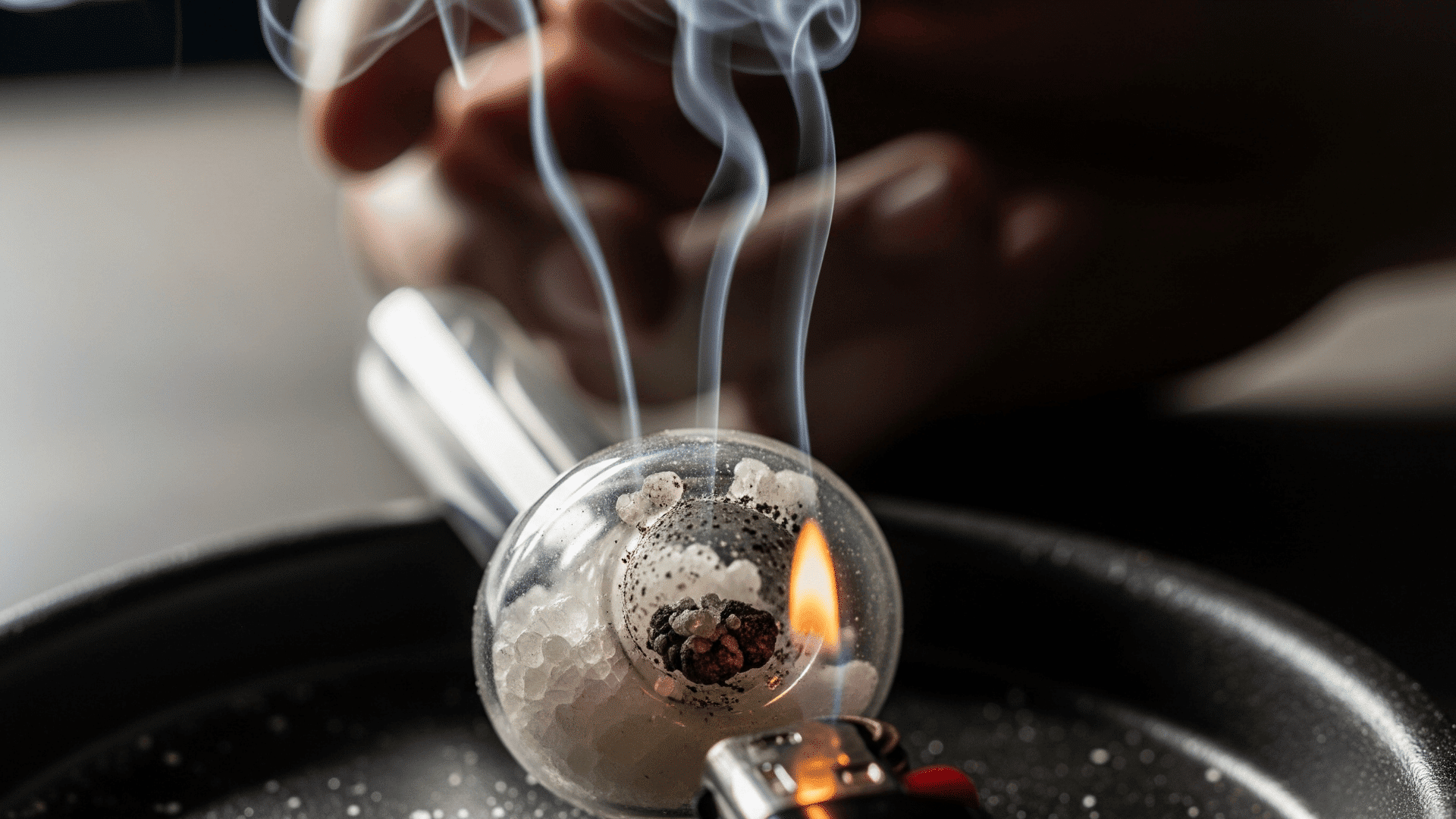
The last step involves heating the dry Cocaine base on a metal spoon or in a glass pipe. As the crystals are heated, vapors appear, which are quickly inhaled for a fast and powerful high.
This method is intensely risky, as the rapid absorption increases the chances of addiction and overdose. The crystals are highly flammable, and poorly ventilated conditions could still expose the user to toxic fumes.
Smoking freebase Cocaine produces immediate effects but carries serious health and safety risks.
Why Users Freebase?
Users freebase Cocaine because smoking delivers the drug to the brain faster than other methods like snorting or injecting.
The lungs absorb the smoke quickly, causing a powerful and immediate high. This rapid effect increases the drug’s addictiveness, as users chase a more intense experience in a shorter time.
However, the faster delivery also raises the risk of overdose and serious health problems.
Dangers of Preparation
Preparing freebase Cocaine involves highly flammable and toxic chemicals such as ether and ammonia. These substances can cause fires or explosions if not handled properly.
The process itself is unsafe and can lead to severe injuries or even death. The danger increases when done in uncontrolled environments, making freebasing a risky method not just in drug effects but in its very preparation.
Note: Freebasing Cocaine is extremely dangerous due to the toxic chemicals and fire risks involved in the process. Always approach this topic with caution and awareness of the severe health threats.
Source: DEA Drug Fact Sheet on Cocaine
How Freebasing Cocaine Affects the Body and Brain?
Freebasing Cocaine causes rapid absorption of the drug through the lungs into the bloodstream. From there, it quickly reaches the brain, producing a much faster and stronger high than snorting powder Cocaine.
This intense euphoria hits hard but lasts for only a short time. Because the high fades quickly, users often experience strong cravings and may repeat use to chase the feeling.
After the effects wear off, many face a crash marked by symptoms such as depression, anxiety, and extreme fatigue.
These cycles of intense highs and painful lows make freebasing highly addictive and damaging to both the brain and body over time. The rapid delivery can also increase the risk of overdose and severe health problems.
Risks and Dangers of Freebasing Cocaine
Freebasing Cocaine carries serious risks that affect the body, mind, and environment. Understanding these dangers is key to recognizing how harmful this practice can be.
1. Physical Risks
Freebasing Cocaine causes many physical dangers. Preparing the drug can lead to severe burns from toxic and flammable chemicals. Smoking harms the lungs and airways, worsening breathing problems.
The drug also stresses the heart, raising the chances of a heart attack and seizures. Overdose is a major risk since the fast-acting drug can quickly overwhelm the body. These physical effects can be life-threatening and cause long-term health damage.
2. Psychological Risks
The drug affects the brain and can cause paranoia and hallucinations. Prolonged use may trigger psychosis and loss of touch with reality.
Addiction is a serious concern due to the intense but short-lasting high, which leads users to chase repeated doses. These mental health effects disrupt daily functioning and relationships, often requiring professional help.
3. Environmental Risks
Making freebase Cocaine requires flammable solvents like ether, which pose severe fire hazards. The preparation process can cause dangerous fires and explosions, especially in uncontrolled environments.
These accidents threaten lives and property, making freebasing extremely unsafe beyond its direct drug effects. Users and bystanders alike face risks from these environmental dangers.
Freebasing Cocaine vs. Other Methods of Use
Cocaine can be used in different ways, each with unique effects and risks.
Understanding how freebasing compares to snorting, injecting, and using crack Cocaine helps highlight why freebasing is especially dangerous.
| Method | Onset Speed | Duration of High | Key Characteristics | Risks |
|---|---|---|---|---|
| Snorting | Slower (minutes) | Longer (30-60 min) | Powder Cocaine, inhaled through the nose | Nasal damage, slower but steady high |
| Injecting | Very fast (seconds) | Short | Direct injection into the bloodstream | High risk of infections, vein damage |
| Crack Cocaine | Fast (seconds) | Short | Smokable form, made with baking soda | Highly addictive, respiratory harm |
| Freebasing | Very fast (seconds) | Short | Pure Cocaine base, chemically altered | Extreme addiction risk, toxic chemicals, fire/explosion danger |
Freebasing Cocaine involves toxic chemicals and fire hazards during preparation. It poses severe risks of overdose, addiction, and physical harm, much greater than other methods.
Recognizing Freebasing Cocaine Abuse: Key Indicators
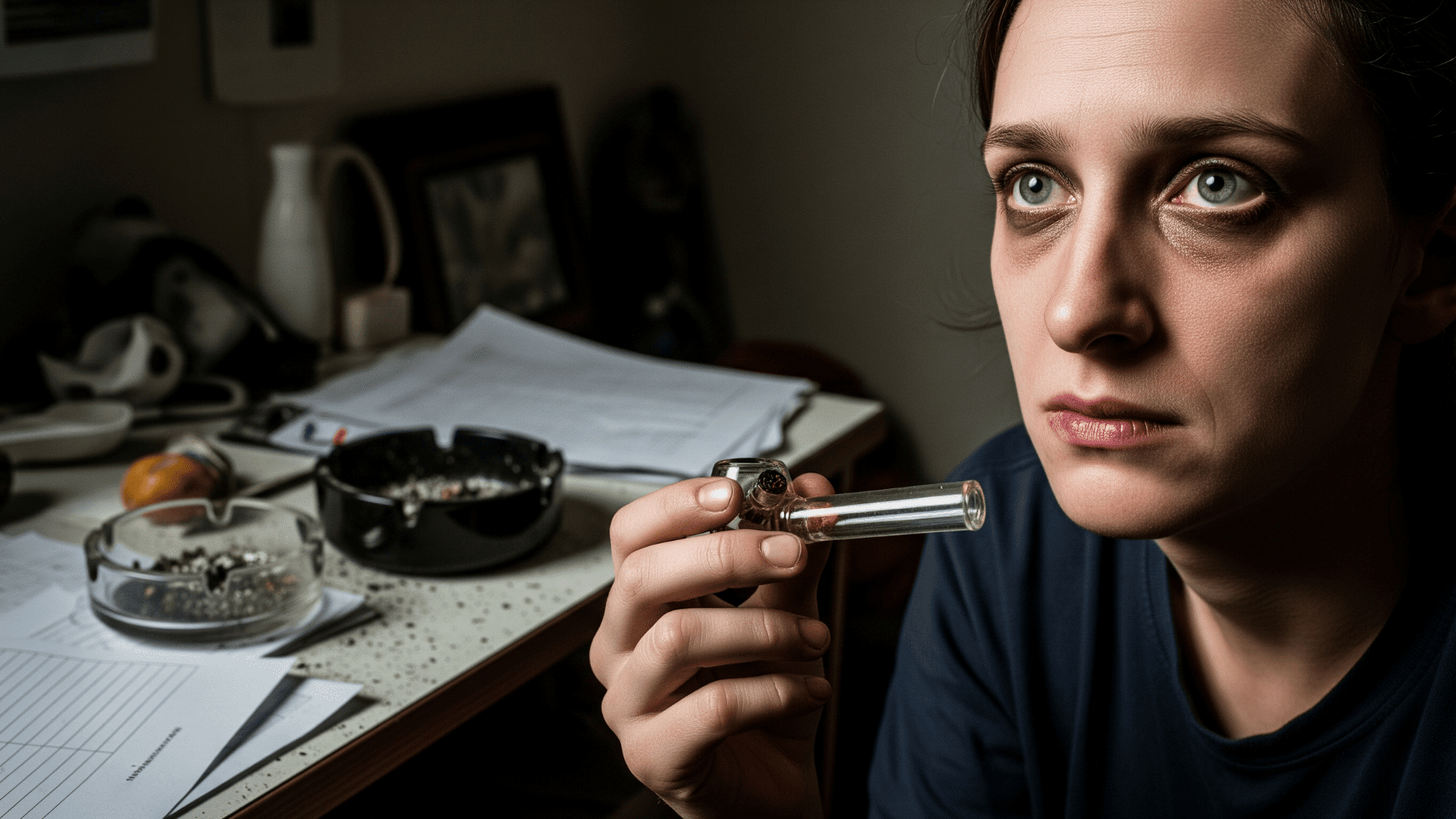
Freebasing Cocaine affects behavior, physical health, and social life in noticeable ways. Recognizing these signs helps identify individuals who may need support.
- Compulsive Use: Frequent craving and inability to stop using despite harm
- Paranoia and Anxiety: Irrational fear, suspiciousness, and restlessness
- Severe Insomnia: Struggling to sleep or very disrupted sleep patterns
- Burns and Sores: Mouth, lips, or fingers may show burn marks from smoking hot crystals
- Respiratory Problems: Persistent cough, lung irritation, or nosebleeds from inhaling smoke
These signs often lead to social struggles like risky lifestyles, financial issues, and isolation. Spotting these early can encourage seeking help before addiction worsens.
Research and References on Freebasing Cocaine
Research on Cocaine use disorder, including freebase Cocaine, highlights the drug’s addictive nature and severe health impacts.
The National Institute on Drug Abuse (NIDA) studies how Cocaine affects the brain and addiction patterns. NIDA supports developing treatments for Cocaine addiction, but notes that no approved medications exist yet, according to NIDA Cocaine Research.
The Drug Enforcement Administration (DEA) provides detailed insights into the dangers of Cocaine use and its forms, including freebase Cocaine, emphasizing the risks tied to its toxic preparation process. (DEA Cocaine Fact Sheet).
Health authorities warn about benzoylecgonine, a toxic byproduct formed when Cocaine breaks down in the body. This metabolite contributes to Cocaine’s harmful effects and is a marker in drug testing, PubMed Study on Benzoylecgonine.
The Bottom Line
Looking back, I realize how dangerous it truly is when you understand what freebasing cocaine is and what it does to the body. It’s not just about chasing a high; it’s about risking your health, your mind, and even your life.
The process involves toxic chemicals and open flames, and the quick but destructive high often leads to a cycle of craving and crashing.
Knowing these severe risks has made me far more aware of how serious addiction can become.
If misuse ever becomes a concern, the wisest step is to reach out for help before the damage goes too far.

